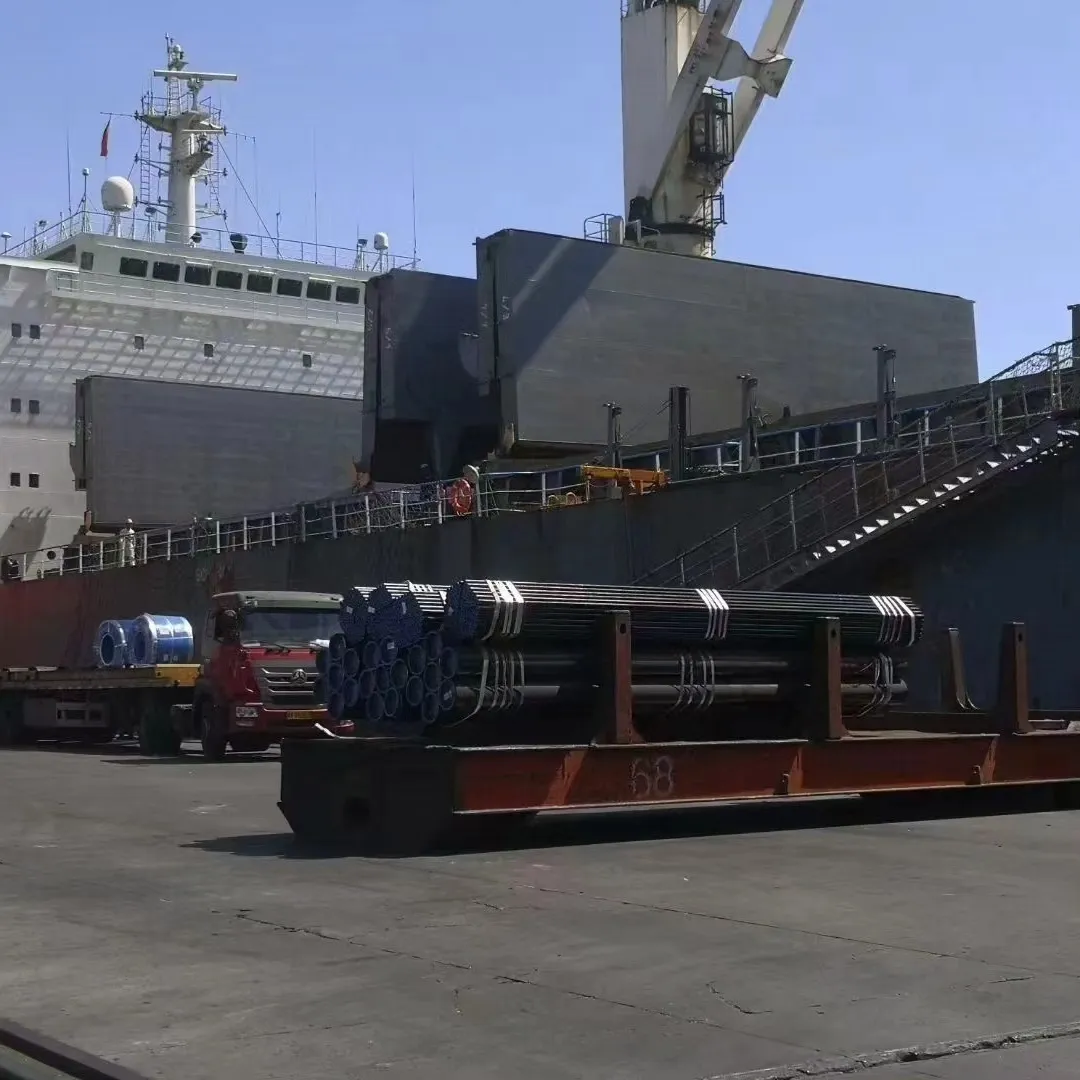-
Cangzhou Yulong Steel Co., Ltd.
-
Phone:
+86 13303177267 -
Email:
admin@ylsteelfittings.com
- English
- Arabic
- Italian
- Spanish
- Portuguese
- German
- kazakh
- Persian
- Greek
- French
- Russian
- Polish
- Thai
- Indonesian
- Vietnamese
- Zulu
- Korean
- Uzbek
- Hindi
- Serbian
- Malay
- Ukrainian
- Gujarati
- Haitian Creole
- hausa
- hawaiian
- Hebrew
- Miao
- Hungarian
- Icelandic
- igbo
- irish
- Japanese
- Javanese
- Kannada
- Khmer
- Rwandese
- Afrikaans
- Albanian
- Amharic
- Armenian
- Azerbaijani
- Basque
- Belarusian
- Bengali
- Bosnian
- Bulgarian
- Catalan
- Cebuano
- China
- China (Taiwan)
- Corsican
- Croatian
- Czech
- Danish
- Esperanto
- Estonian
- Finnish
- Frisian
- Galician
- Georgian
- Kurdish
- Kyrgyz
- Lao
- Latin
- Latvian
- Lithuanian
- Luxembourgish
- Macedonian
- Malgashi
- Malayalam
- Maltese
- Maori
- Marathi
- Mongolian
- Myanmar
- Nepali
- Norwegian
- Norwegian
- Occitan
- Pashto
- Dutch
- Punjabi
- Romanian
- Samoan
- Scottish Gaelic
- Sesotho
- Shona
- Sindhi
- Sinhala
- Slovak
- Slovenian
- Somali
- Sundanese
- Swahili
- Swedish
- Tagalog
- Tajik
- Tamil
- Tatar
- Telugu
- Turkish
- Turkmen
- Urdu
- Uighur
- Welsh
- Bantu
- Yiddish
- Yoruba

Oct . 17, 2024 08:39 Back to list
90 Degree 40mm Elbow Pipe Fitting for Efficient Fluid Flow Applications
Understanding the 90-Degree Elbow in Piping A Focus on 40mm Fittings
In the realm of piping systems, the 90-degree elbow is a fundamental component that plays a crucial role in directing the flow of fluids within a network. Particularly, the 40mm 90-degree elbow fitting has gained significance across various industries, from construction to manufacturing. This article delves into the properties, applications, and considerations surrounding the 40mm 90-degree elbow, elucidating its importance in modern piping systems.
Definition and Characteristics
A 90-degree elbow is a type of pipe fitting that allows for a change in direction of the piping system, specifically at a right angle. The 40mm specification refers to the nominal diameter of the pipe to which the elbow is connected. This fitting is typically available in various materials, including stainless steel, PVC, and copper, which can suit different fluid types and temperatures. The selection of material is dictated by factors such as the nature of the fluid being transported, environmental conditions, and cost considerations.
One of the defining characteristics of a 40mm 90-degree elbow is its ability to maintain a smooth and uninterrupted flow of fluid. This is vital in minimizing pressure drops and ensuring efficient transport of materials. The internal design often features a radius that allows for less turbulence compared to a standard sharp-angled fitting. Generally, the radius can vary, with long-radius elbows being preferable in many applications as they provide a gentler curve, enhancing flow characteristics.
Applications Across Industries
The versatility of the 40mm 90-degree elbow fitting allows its usage in a myriad of applications across different sectors. In residential plumbing, these fittings are frequently employed to connect pipes between walls, navigate around corners, and facilitate efficient drainage systems. In industrial settings, the 90-degree elbow is instrumental in chemical processing plants, oil and gas industries, and HVAC systems, where precise fluid control is paramount.
90 degree elbow 40mm

Moreover, the food and beverage industry also utilizes these fittings for sanitary process piping. Here, the choice of material is crucial; stainless steel elbows are preferred for their resistance to corrosion and contamination, ensuring safety and compliance with health regulations.
Considerations for Use
When selecting a 40mm 90-degree elbow, several factors must be considered. Firstly, the compatibility of the material with the transported fluid is paramount. For example, corrosive substances require specially coated or resilient materials to extend the life of the fitting. Additionally, the expected pressure and temperature ratings of the maintenance system need alignment with the elbow's specifications. Overlooking these essentials can lead to failures that may cause costly downtime and repairs.
Another consideration is the installation process. Proper installation is vital for ensuring that the elbow functions effectively and reduces the risk of leaks. This involves using the correct joining methods, whether through welding, chemical bonding, or mechanical fittings, depending on the material involved. Furthermore, attention should be paid to the alignment of pipes to ensure minimal stress on the fitting, which can lead to premature wear or failure.
Conclusion
The 40mm 90-degree elbow is an indispensable component of modern piping systems, facilitating fluid transport across a multitude of applications. Its materials, design, and versatility make it suitable for both residential and industrial use. As technologies evolve and industries strive for greater efficiency, understanding components like the 90-degree elbow becomes increasingly important. By considering vital factors such as material compatibility, pressure ratings, and proper installation techniques, professionals can leverage the benefits of these fittings to enhance operational performance and reliability in their respective systems. As we advance, the significance of such fittings will continue to underscore the intricate balance between engineering design and practical application in the world of fluid dynamics.
Latest news
-
ANSI 150P SS304 SO FLANGE
NewsFeb.14,2025
-
ASTM A333GR6 STEEL PIPE
NewsJan.20,2025
-
ANSI B16.5 WELDING NECK FLANGE
NewsJan.15,2026
-
ANSI B16.5 SLIP-ON FLANGE
NewsApr.19,2024
-
SABS 1123 FLANGE
NewsJan.15,2025
-
DIN86044 PLATE FLANGE
NewsApr.19,2024
-
DIN2527 BLIND FLANGE
NewsApr.12,2024
-
JIS B2311 Butt-Welding Fittings LR/SR 45°/90° /180°Seamless/Weld
NewsApr.23,2024











